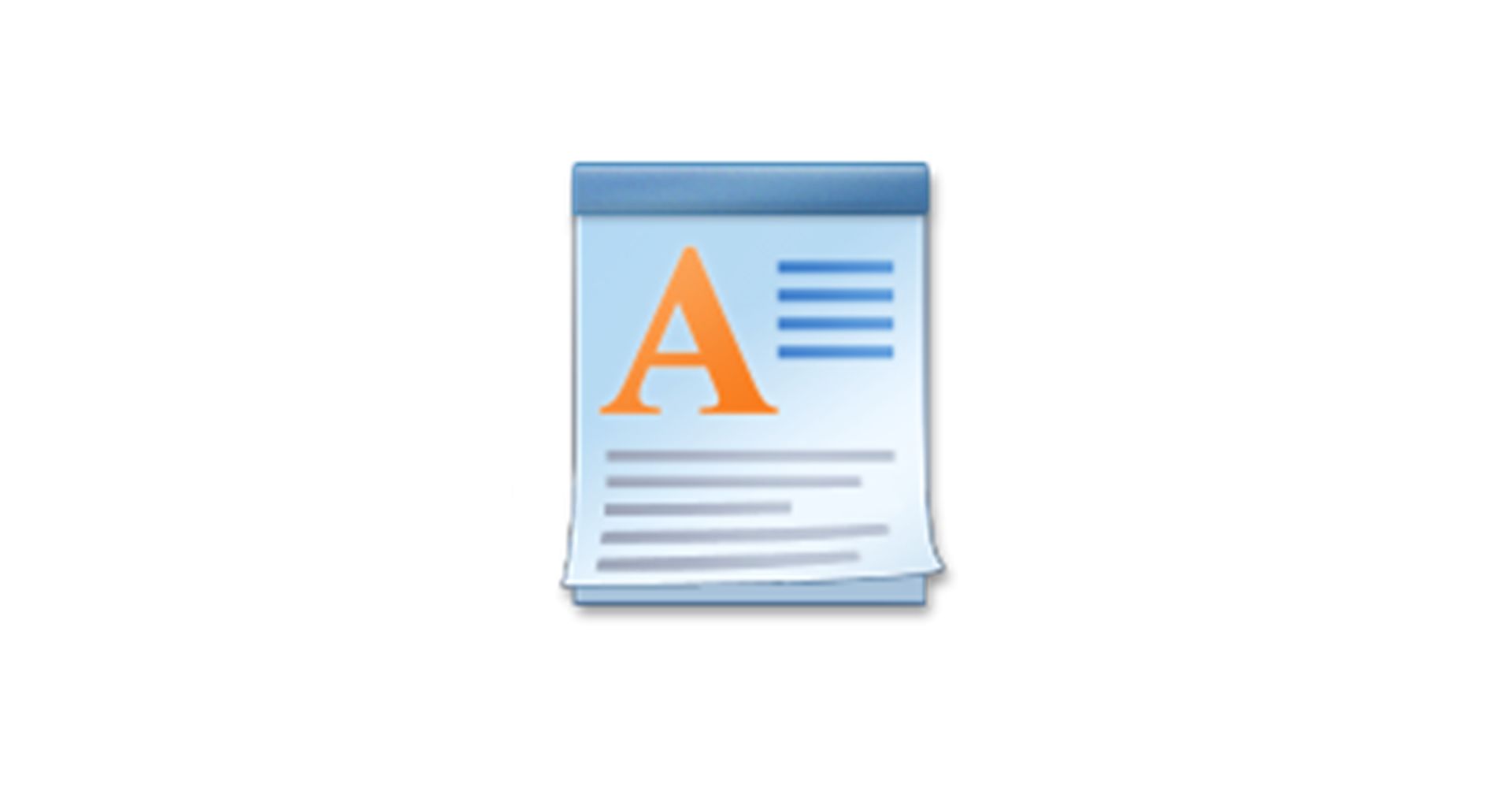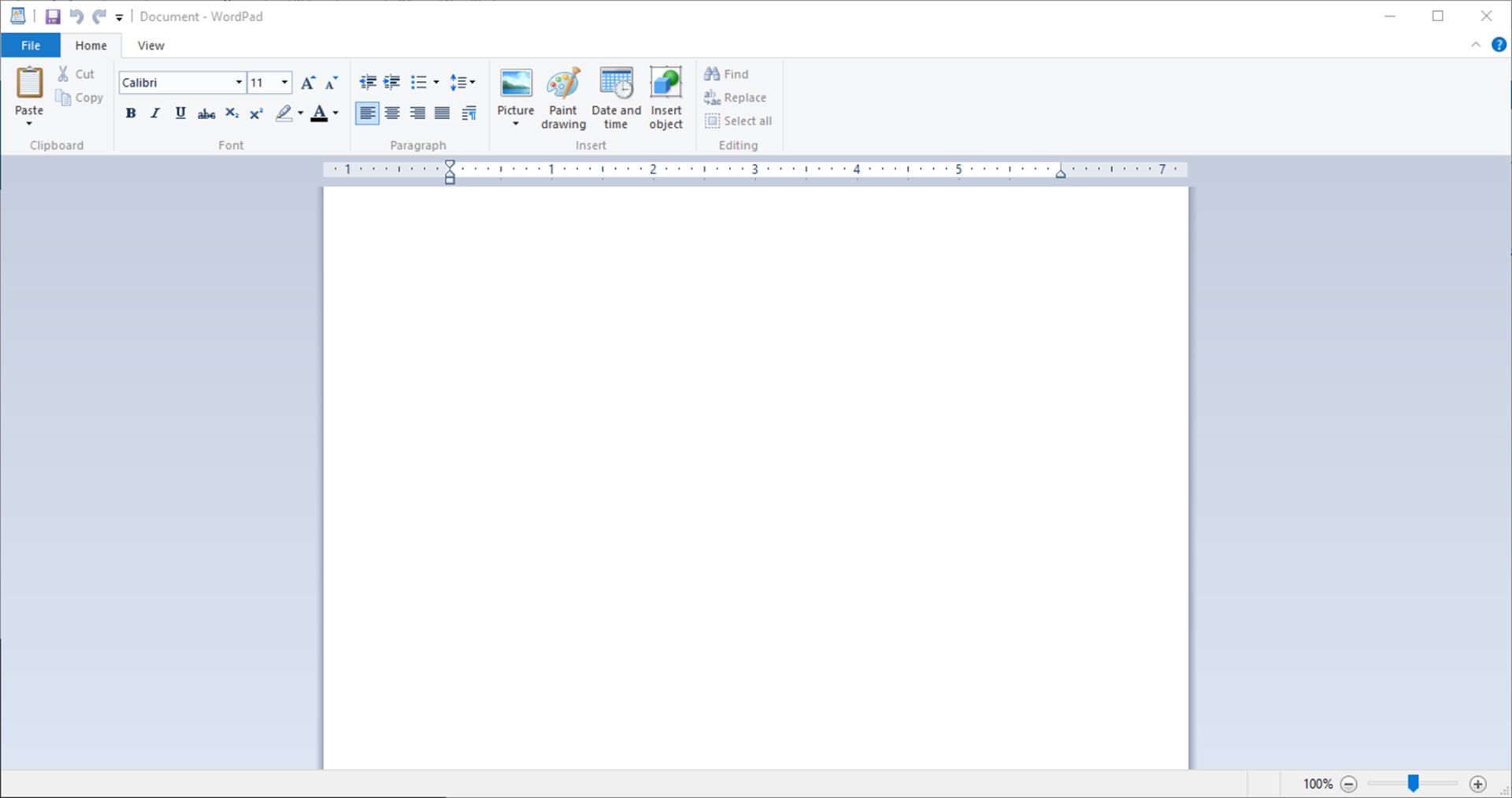Microsoft pulls Wordpad’s plug nearly after 30 years and while it was a fairly expected change, it still hit hard on many people from all around the world who had used the software at least once in their lives. It has nearly been 30 years since the software was released and now it is time to bid farewell.
Microsoft has made a significant decision, bidding farewell to its simple word processor, WordPad. After three decades of service, WordPad is officially discontinued, leaving users to say their goodbyes. The latest Canary build of Windows 11 marks the end of this era, as Microsoft makes the tough choice to retire WordPad. Microsoft pulls Wordpad’s plug and there is nothing we can do about it, unfortunately…

End of an era: Microsoft pulls Wordpad’s plug
Microsoft pulls Wordpad’s plug, and it marks the end of an era. Microsoft officially announced this development in September, and now, with the release of the initial Canary Channel build in 2024, WordPad bids its final farewell. Microsoft underlines that there’s no turning back – WordPad won’t be making a return. If you opt for a clean installation of Windows 11 Insider Preview Build 26020, WordPad won’t be part of the package.
With WordPad now absent, Microsoft advises users to lean towards Microsoft Word for intricate documents and Windows Notepad for simpler ones. This hints at the possibility that WordPad has outlived its utility. While Microsoft hasn’t disclosed detailed reasons for this change, it sparks speculation about the motivations behind the company’s decision to part ways with this longstanding application.
Microsoft Copilot takes the flight on your Android smartphone
“Starting with this build, the WordPad and People apps will no longer be installed after doing a clean install of the OS. In a future flight, WordPad will be removed on an upgrade. WordPad will not be reinstallable. WordPad is a deprecated Windows feature,” Microsoft’s official blog post read.

What are the best WordPad alternatives?
In the absence of WordPad, users may wonder what alternatives are available to meet their text-editing needs. Luckily, the tech world provides several options. While Microsoft suggests Microsoft Word, there are other viable alternatives to explore.
Google Docs
Google Docs stands out as a reliable online word processor within the Google Drive suite. Offering real-time collaboration and strong editing tools, it allows users to create and format text documents effortlessly. With a user-friendly interface, Google Docs is an excellent choice for those seeking a free and accessible word-processing solution.
Libre Office
LibreOffice, a successor to OpenOffice.org, is a free and powerful office suite. With a clean interface and feature-rich tools, it caters to diverse document needs. Compatible with various formats, including Microsoft Word, Excel, and PowerPoint, LibreOffice provides a versatile and open-source alternative to WordPad.
Best features of Microsoft Bing AI Image Creator and how to use them
NotePad
For those who prefer a familiar Windows environment, Notepad remains a steadfast choice. Available in the Microsoft Store, it has been a fast and simple text editor for over three decades. Though offering basic functions, it serves as a dependable option for those seeking simplicity and familiarity.
As Microsoft bids farewell to WordPad, users navigate the changing tides of technology with optimism. Exploring alternative solutions for their text-editing needs, whether venturing into online platforms like Google Docs, embracing open-source options like LibreOffice, or sticking to the reliable Notepad, users can adapt with confidence. The tech community embraces change, finding new ways to meet their text-editing requirements post-WordPad.
Featured image credit: Microsoft





